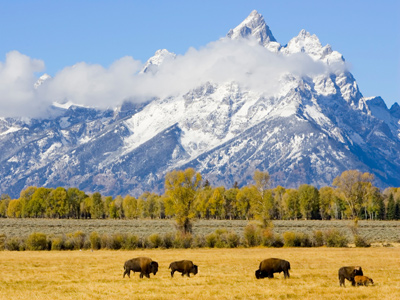
USA: 1840-1895 - Conflict Between White Americans And Plains Indians
One subject looked at in GCSE History is the history of the USA between 1840 and 1975. The first era studied is the late 19th Century and the spread of Europeans into the heart of North America. This is the second of two quizzes looking at that topic and it focusses in particular on the conflict between white Americans and the Indians who lived on the Great Plains.
White Americans had settled both the Atlantic and the Pacific coasts, but the Great Plains in between had been hardly incorporated into the USA. Native Americans (Red Indians) occupied them, and the potential for conflict loomed seriously, as White Americans were more and more tempted to encroach on Indian lands.
Test your knowledge of the conflict that came to the Plains Indians in the late 19th Century in this quiz.
Ready for more?
not all...
quizzers. Try to win a coveted spot on our Hall of Fame Page.







